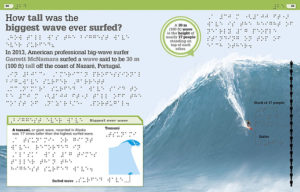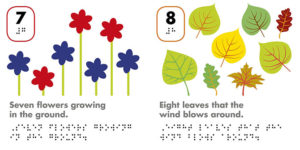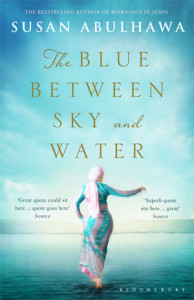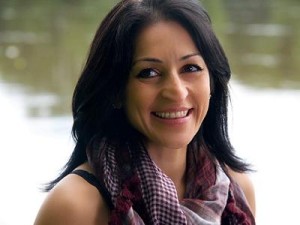On the Marrakesh Treaty and DK Braille Books
 On 30 June 2016 Canada became the 20th country to ratify the Marrakesh Treaty to Facilitate Access to Published Works for Persons Who Are Blind, Visually Impaired or Otherwise Print Disabled (Marrakesh Treaty). According to
On 30 June 2016 Canada became the 20th country to ratify the Marrakesh Treaty to Facilitate Access to Published Works for Persons Who Are Blind, Visually Impaired or Otherwise Print Disabled (Marrakesh Treaty). According to  the fabulously informative online community Spicy IP “The significance of this 20th ratification, (almost exactly three years since the date of adoption) is due to Article 18 of the Treaty which provides that the Treaty shall come into force 3 months after the 20th country ratifies it – thus setting 30th September 2016 up for the Marrakesh Treaty to finally become a reality!” ( 3 July 2016, http://spicyip.com/2016/07/the-miracle-of-marrakesh-finally-to-be-realised.html )
the fabulously informative online community Spicy IP “The significance of this 20th ratification, (almost exactly three years since the date of adoption) is due to Article 18 of the Treaty which provides that the Treaty shall come into force 3 months after the 20th country ratifies it – thus setting 30th September 2016 up for the Marrakesh Treaty to finally become a reality!” ( 3 July 2016, http://spicyip.com/2016/07/the-miracle-of-marrakesh-finally-to-be-realised.html )
Spicy IP continues: “this treaty provides exceptions to copyright in order to provide access to published materials to the blind, visually disabled, and otherwise print disabled persons. With the coming into force of this Treaty, countries that have ratified it will finally be able to exchange accessible format copies across their borders. This is especially good news for countries such as India, where accessible formats are very hard to get.
The 20 countries that have ratified the treaty are India, El Salvador, United Arab Emirates, Mali, Uruguay, Paraguay, Singapore, Argentina, Mexico, Mongolia, South Korea, Australia, Brazil, Peru, North Korea, Israel, Chile, Ecuador, Guatemala and Canada. It is pertinent to note that the United States is not a part of this Treaty as yet.
India was the very first country to ratify this Treaty in 2014, and thanks to the efforts of Rahul Cherian and others, back in 2012 had already brought in domestic legislation amendments which were in line with the treaty would eventually go on to say.”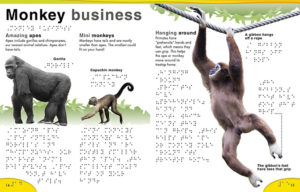
Given that only 1% of the books published are available in Braille this is a huge market waiting to be tapped. In terms of publishing what is truly exciting is that DK earlier this year began experimenting with Braille books. With the happy coincidence of the Marrakesh Treaty becoming a reality on 30 September 2016 it puts DK in an enviable position since they have spent a good amount of time researching this market space. ( http://www.dk.com/uk/explore/education/an-intro-to-dk-braille-books/ )
Though this project was originally conceptualised in UK, the books are available across book markets including India. They are available at online stores such as Amazon. A few weeks ago I saw some of these books. They are magnificently produced. The aim is to produce a series of high-quality, custom books with braille and tactile images for blind and partially sighted children, or sighted children with blind parents. The emphasis is on making the braille books fully inclusive, books that could be shared with sighted friends and siblings, teachers and parents. According to one of the production team members, Charlotte, who developed this list, “Children that have a visual impairment are more likely to have nightmares and experience them for longer than sighted children. Books about the world can help to reduce or at least mitigate these nightly terrors. Also, being able to access books means that people with visual impairments feel less socially isolated and experience improved mental health.” With this series “visually impaired people around the world can put their hands down onto DK book pages and instead of feeling nothing, words and pictures will reach out to them and will inform them of some of the pretty amazing things about our planet. Sighted readers will be able to feel the images too, and it will be a more interesting, exciting, and immersive experience. Both audiences can learn the same things by reading and sharing the same book.” These braille books are meant to be affordable, globally accessible, and fully inclusive.
Here are some sample images of the books:
5 July 2016

